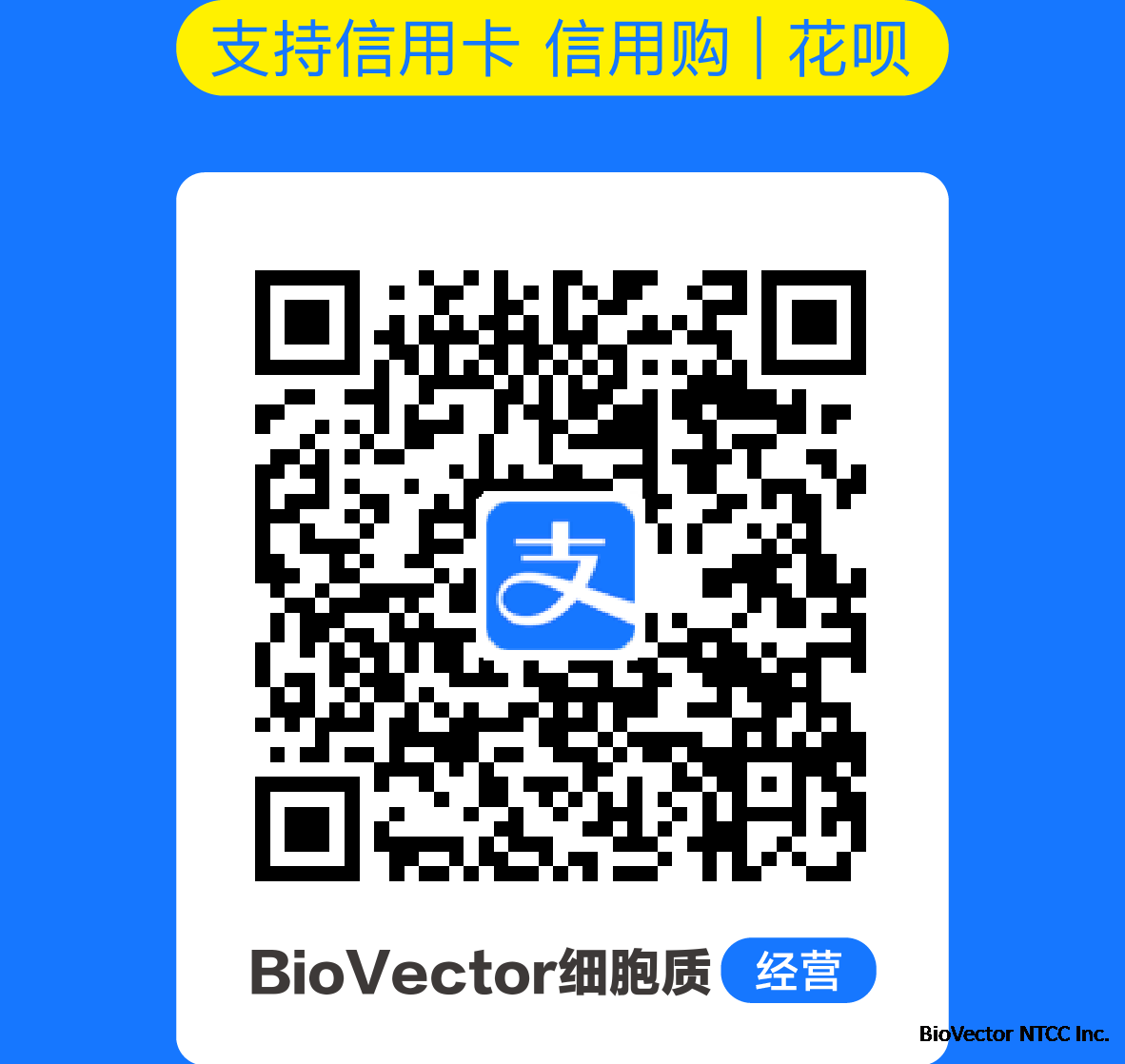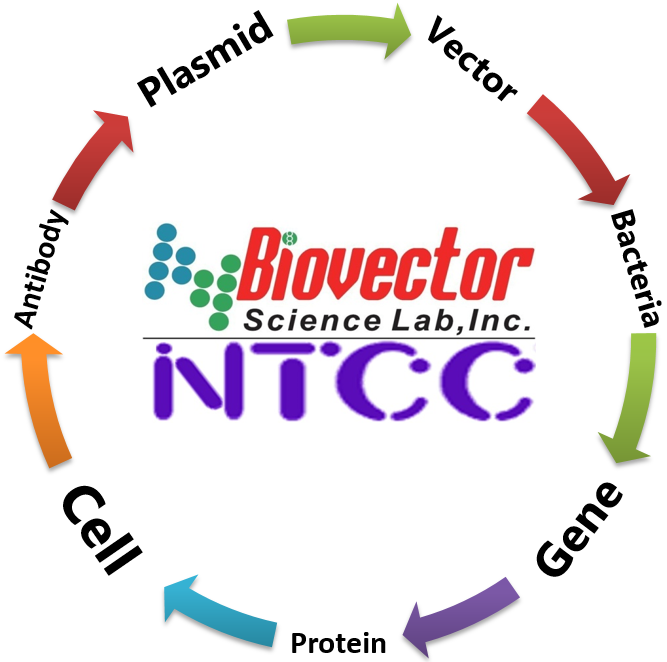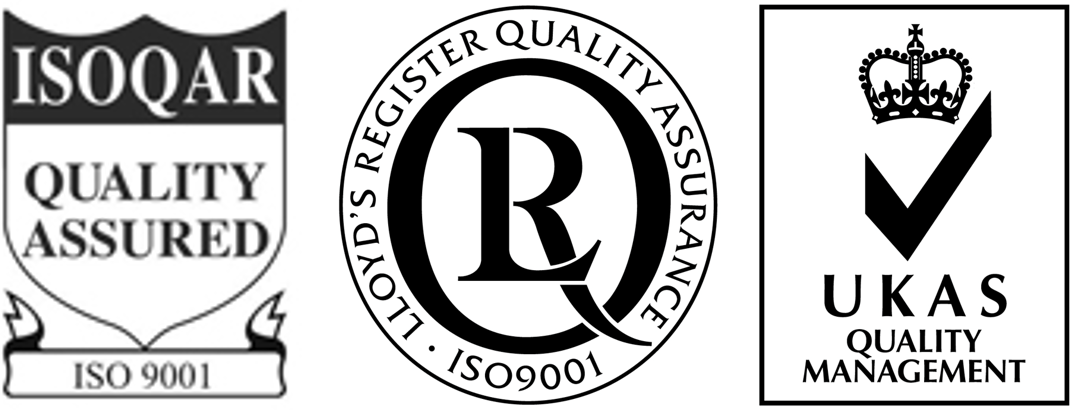StubRFP-sensGFP-LC3 BioVector?細胞自噬檢測質粒-BioVector NTCC質粒載體菌株細胞蛋白抗體基因保藏中心
- 價 格:¥99850
- 貨 號:BioVector?-StubRFP-sensGFP-LC3
- 產 地:北京
- BioVector NTCC典型培養物保藏中心
- 聯系人:Dr.Xu, Biovector NTCC Inc.
電話:400-800-2947 工作QQ:1843439339 (微信同號)
郵件:Biovector@163.com
手機:18901268599
地址:北京
- 已注冊
BioVector? StubRFP-sensGFP-LC3 is a tandem fluorescent protein construct used as a reporter for monitoring autophagy in cells. It's a clever design that leverages the differential stability of two fluorescent proteins in different cellular compartments to track the stages of autophagic flux.
Understanding the Components
Let's break down what each part of "StubRFP-sensGFP-LC3" signifies:
LC3 (Light Chain 3):
What it is: LC3 is a mammalian homolog of yeast Atg8 and is a widely used and reliable autophagosome marker. During autophagy, the cytosolic form of LC3 (LC3-I) is lipidated and recruited to the autophagosomal membrane, becoming LC3-II. This process is crucial for the formation and elongation of autophagosomes.
Why it's used: By fusing fluorescent proteins to LC3, researchers can visualize autophagosomes and autophagolysosomes.
sensGFP (sensitive GFP):
What it is: This is a modified version of Green Fluorescent Protein (GFP) that is acid-sensitive. This means its fluorescence is quenched (diminished or lost) in acidic environments.
Why it's used: Autophagosomes eventually fuse with lysosomes, forming autophagolysosomes. Lysosomes are highly acidic organelles. Therefore, when a sensGFP-tagged autophagosome fuses with a lysosome, the sensGFP signal will decrease or disappear due to the acidic pH.
StubRFP (stable RFP):
What it is: This is a modified version of Red Fluorescent Protein (RFP) that is acid-stable. Its fluorescence is relatively unaffected by acidic environments.
Why it's used: In the tandem construct, StubRFP serves as a stable marker that will continue to fluoresce even after fusion with a lysosome and subsequent acidification.
How StubRFP-sensGFP-LC3 Works to Monitor Autophagy
The magic of this construct lies in the different pH sensitivities of GFP and RFP when fused to LC3:
Initial State (Autophagosomes): When autophagy is initiated, the StubRFP-sensGFP-LC3 fusion protein is incorporated into newly formed autophagosomes. At this stage, both StubRFP (red) and sensGFP (green) will fluoresce, appearing as yellow puncta (co-localization of red and green) in the cytoplasm under a fluorescence microscope.
Autophagosome-Lysosome Fusion (Autophagolysosomes): As autophagosomes mature and fuse with acidic lysosomes, the environment inside the resulting autophagolysosomes becomes acidic.
The sensGFP fluorescence is quenched due to the low pH.
The StubRFP fluorescence remains stable despite the acidity.
Visual Interpretation: This differential fluorescence allows for easy visual discrimination:
Yellow puncta: Represent autophagosomes (pre-fusion with lysosomes).
Red-only puncta: Represent autophagolysosomes (post-fusion with lysosomes and acidification).
Advantages and Applications
This tandem fluorescent reporter offers several significant advantages for autophagy research:
Monitoring Autophagic Flux: Unlike single-color LC3 reporters (which can only show the accumulation of autophagosomes, but not their degradation), StubRFP-sensGFP-LC3 allows researchers to directly monitor autophagic flux, which is the complete process of autophagy, including the degradation of autophagosomes. An increase in red-only puncta indicates active flux, while an accumulation of yellow puncta might suggest a block in downstream steps of autophagy (e.g., lysosomal dysfunction).
Discriminating Autophagosome Accumulation from Impaired Degradation: This is crucial for accurately interpreting experimental results. For example, a drug might cause autophagosome accumulation either by inducing autophagy or by inhibiting lysosomal degradation. This reporter helps differentiate these two scenarios.
High-Throughput Screening: It can be adapted for high-throughput screening applications to identify compounds that modulate autophagy.
Live-Cell Imaging: Since both GFP and RFP are fluorescent proteins, this construct is suitable for live-cell imaging, allowing researchers to observe the dynamic process of autophagy in real-time.
Considerations
While powerful, it's important to consider:
Overexpression Artifacts: As with any overexpression system, there's a possibility that high levels of the reporter construct could interfere with cellular processes.
Localization: Ensure proper localization of the reporter to autophagosomes and autophagolysosomes.
BioVector NTCC質粒載體菌株細胞蛋白抗體基因保藏中心
www.biovector.net
- 公告/新聞




